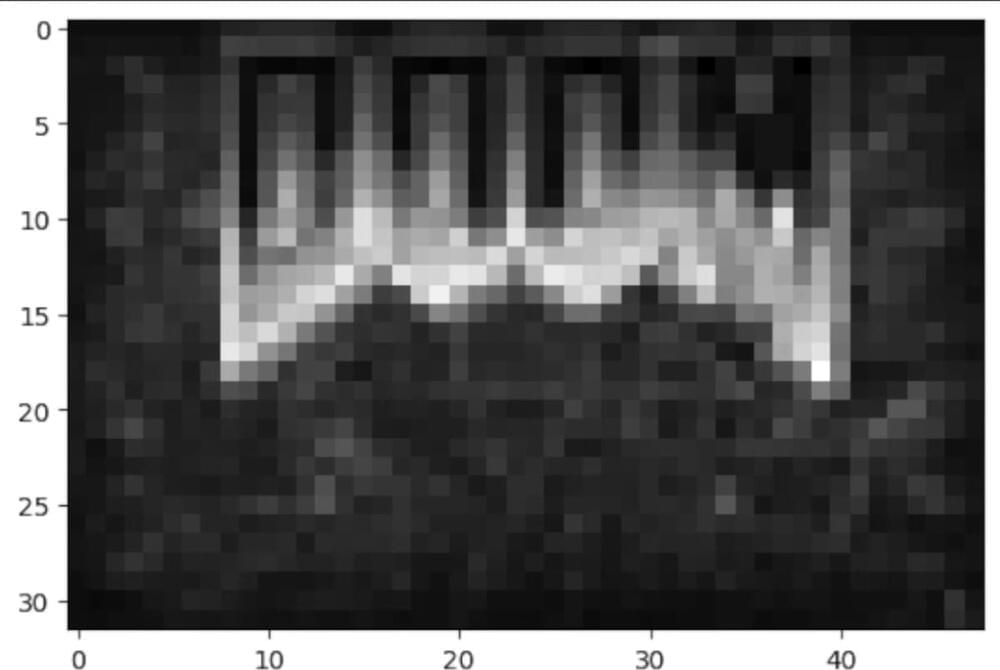Get the latest international news and world events from around the world.
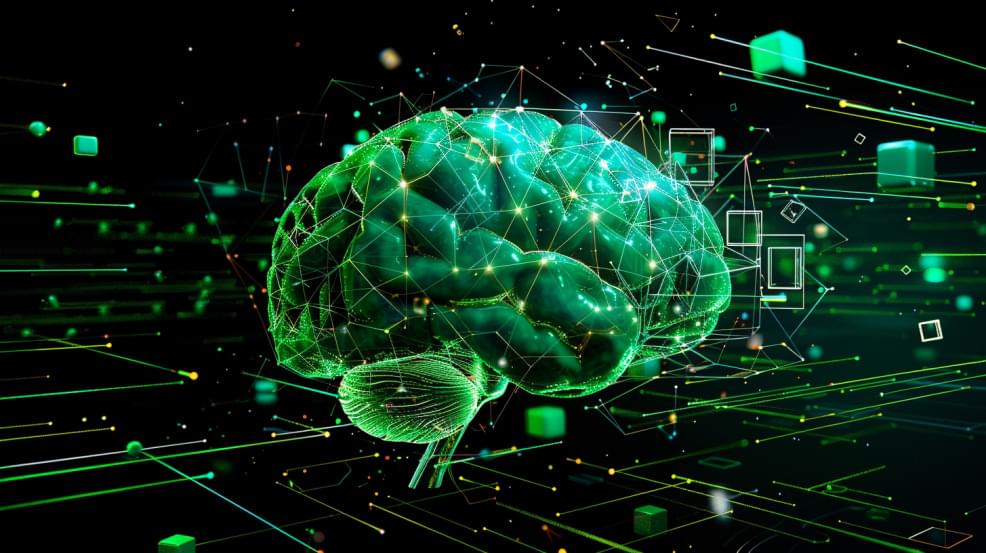
Nvidia just dropped a bombshell: Its new AI model is open, massive, and ready to rival GPT-4
Nvidia has released a powerful open-source artificial intelligence model that competes with proprietary systems from industry leaders like OpenAI and Google.
The company’s new NVLM 1.0 family of large multimodal language models, led by the 72 billion parameter NVLM-D-72B, demonstrates exceptional performance across vision and language tasks while also enhancing text-only capabilities.
“We introduce NVLM 1.0, a family of frontier-class multimodal large language models that achieve state-of-the-art results on vision-language tasks, rivaling the leading proprietary models (e.g., GPT-4o) and open-access models,” the researchers explain in their paper.
How bacteria-fighting viruses could go mainstream
Viruses called phages hold enormous promise as a way to fight infection, but don’t expect to see them in the clinic soon.
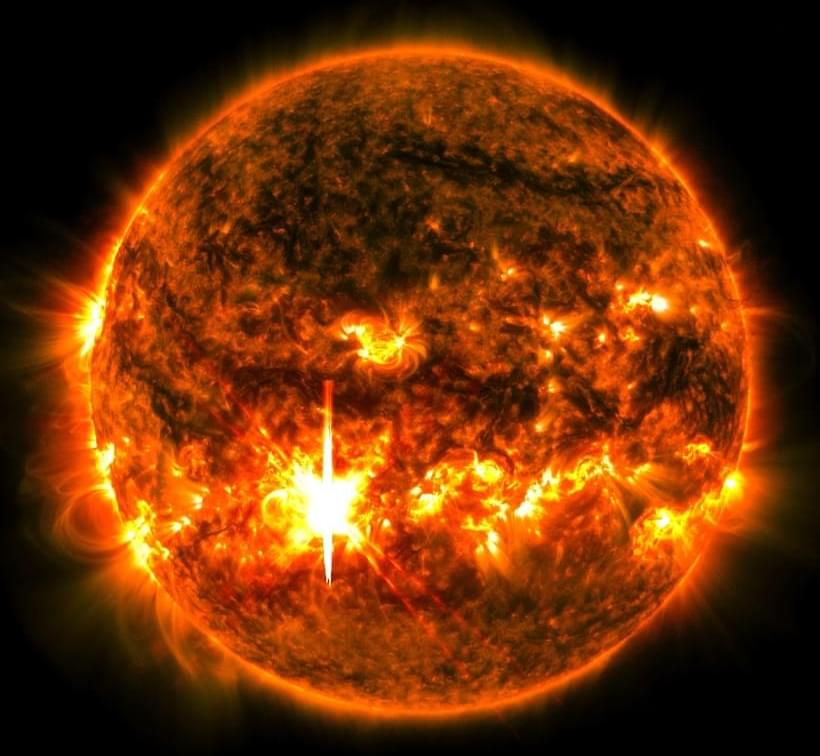
Strong Solar Flare Erupts from Sun
The Sun emitted a strong solar flare, peaking at 6:20 p.m. ET on Oct. 1, 2024. NASA’s Solar Dynamics Observatory, which watches the Sun constantly, captured an image of the event.
Solar flares are powerful bursts of energy. Flares and solar eruptions can impact radio communications, electric power grids, navigation signals, and pose risks to spacecraft and astronauts.
This flare is classified as an X7.1 flare. X-class denotes the most intense flares, while the number provides more information about its strength.
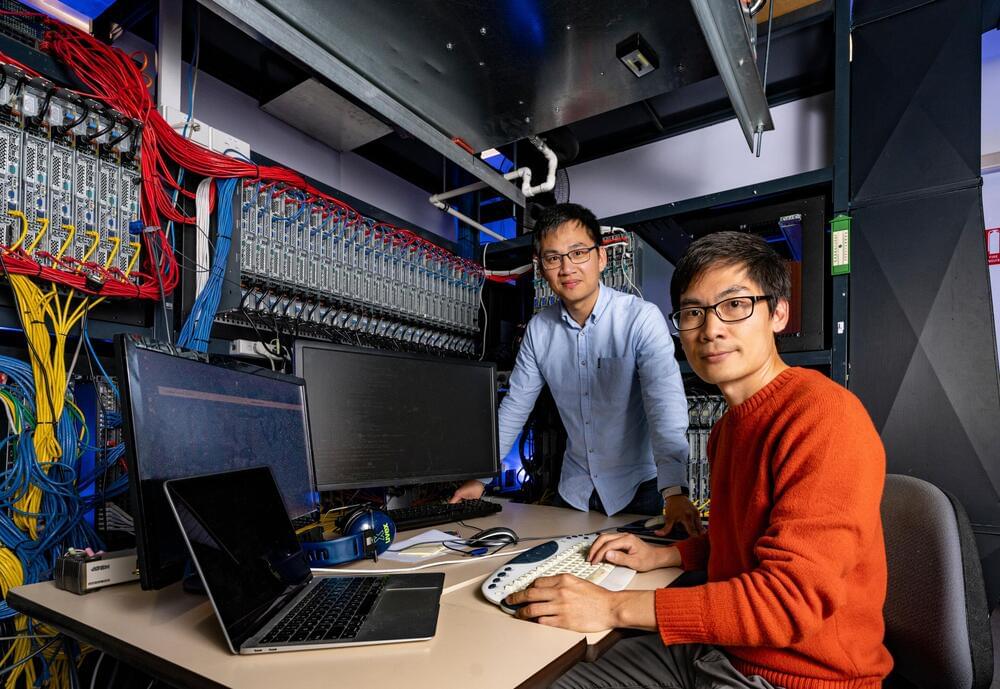
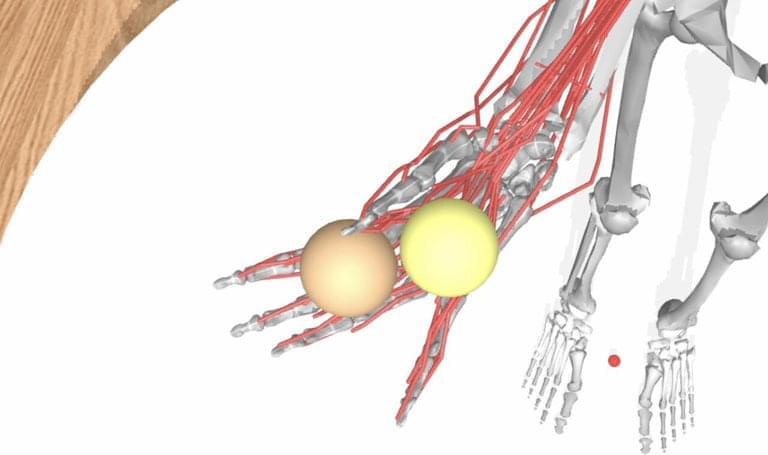
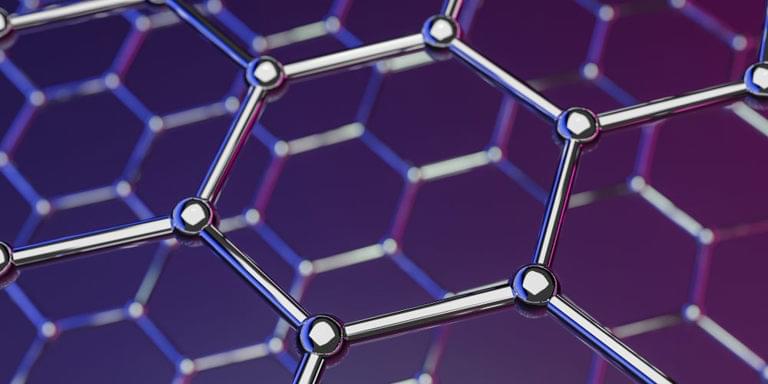
ARPA-H fast tracks development of new cancer implant tech
The Advanced Research Projects Agency for Health (ARPA-H) has awarded $45 million to rapidly develop sense-and-respond implant technology that could slash U.S. cancer-related deaths by more than 50%.
Announced today, the award to a multi-institutional team of researchers, including Carnegie Mellon University, will fast-track development and testing of a new approach to cancer treatment that aims to dramatically improve immunotherapy outcomes for patients with ovarian, pancreatic, and other difficult-to-treat cancers.
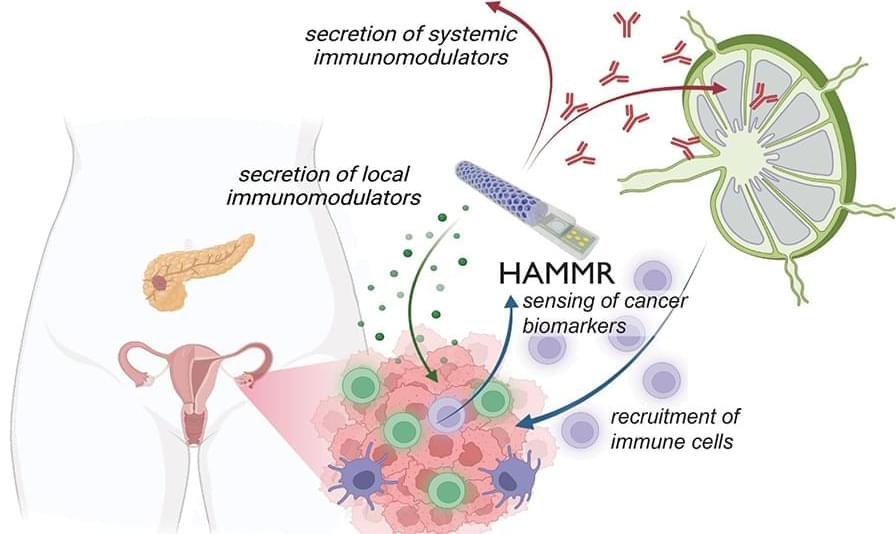
Source: Brandon Martin/Rice University. The “hybrid advanced molecular manufacturing regulator,” or HAMMR, a “closed-loop,” drug-producing implant smaller than an adult’s finger is being developed to treat ovarian, pancreatic, and other difficult-to-treat cancers. The implant, which is small enough to be implanted with minimally-invasive surgery, will be able to continuously monitor a patient’s cancer and adjust their immunotherapy dose in real time.
First healthcare device powered by body heat made possible with liquid-based metals
In the age of technology everywhere, we are all too familiar with the inconvenience of a dead battery. But for those relying on a wearable healthcare device to monitor glucose, reduce tremors, or even track heart function, taking time to recharge can pose a big risk.
For the first time, researchers in Carnegie Mellon University have shown that a healthcare device can be powered using body heat alone. By combining a pulse oximetry sensor with a flexible, stretchable, wearable thermoelectric energy generator composed of liquid metal, semiconductors, and 3D printed rubber, the team has introduced a promising way to address battery life concerns.
